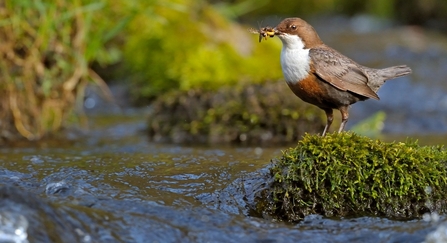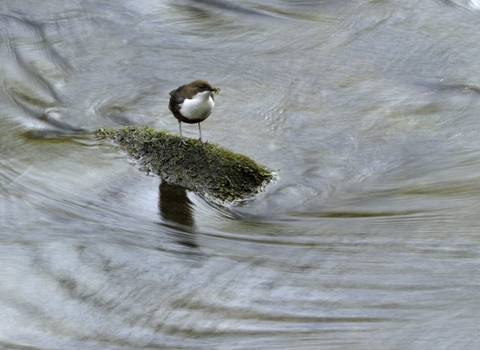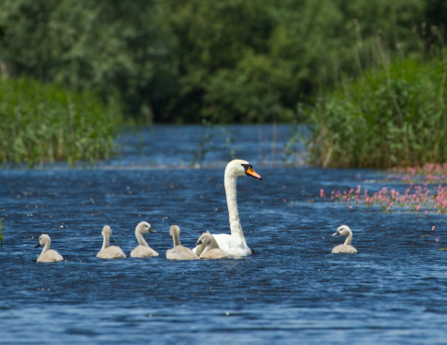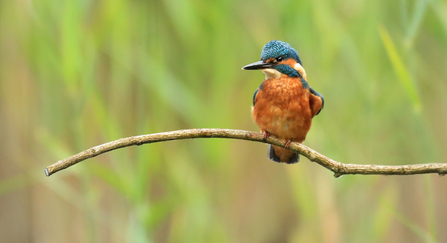Wye: The change
The River Wye – or Gwy in Welsh - is the UK’s fourth longest river, at 155 miles, and Wales’ second, flowing from Plynlimon to the Severn Estuary. The origin of its name is uncertain, but variations on wandering and wave are popular suggestions. Fitting, for this, by modern standards, wild and untamed river with beaches, boulders, wide sweeping bends, riffles and pools.
The Wye is designated as a Special Area of Conservation, one of just nine in Wales and the longest. This designation was made in recognition of its importance for wildlife and is the highest form of protection a river can receive, with Atlantic salmon, freshwater pearl mussel, white clawed crayfish and floating plantain being the most notable species and ranking it as one of the UK’s most significant rivers for wildlife. The river is also a designated Site of Special Scientific Interest.
The Wye has found a place in many people’s hearts, being cited as the birthplace of tourism with interest first being inspired by Gilpin’s Observations of the River Wye, spurring the UK’s first package tours and, since, it has remained a place to walk, canoe, fish, swim and wonder.
But, just as beauty is in the eye of the beholder, it can be deceptive. Look below the surface ripples and you will start to see something rather ugly. The River Wye is far from being in good condition. You are now more likely to see the river in the news under headlines like “It’s like pea soup” and “Crisis in the water”.





